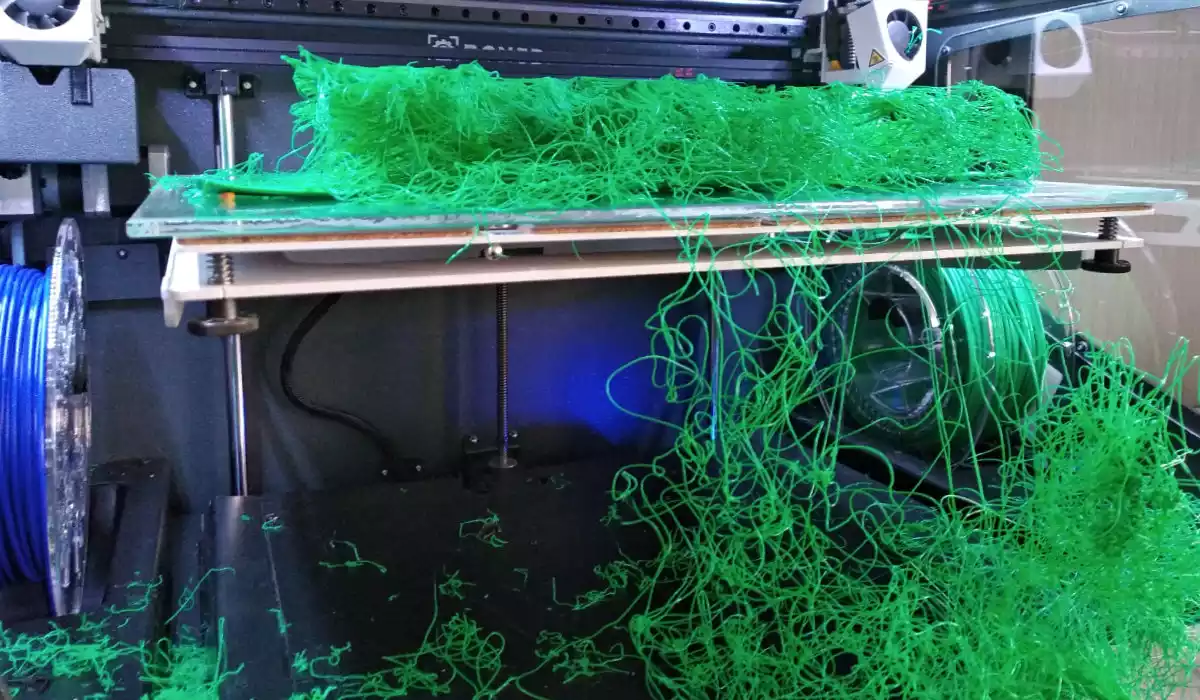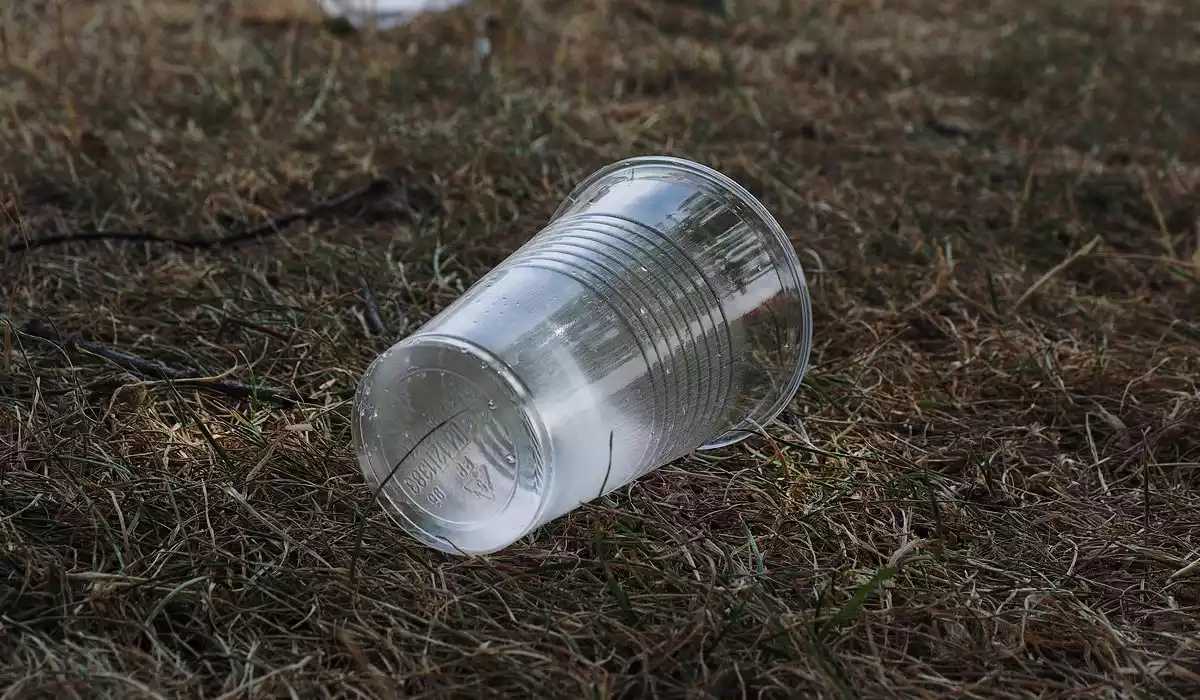For some time now, the theme of sustainable manufacturing, based, among others, on biodegradable plastics, has been appearing more and more often in the public space. At the same time, understanding what is the biodegradability of plastics and the differences between biodegradability and compostability is becoming increasingly important. In this study, we will look at the definition of biodegradable plastic, the differences between biodegradability and compostability, biodegradability in industrial conditions and compostability of plastics in home conditions.
Biodegradable plastic is a material that decomposes under the influence of microorganisms, such as bacteria, fungi or mold, into smaller components, such as carbon dioxide, water and biomass. This process consists in the natural decomposition of the material, which reduces the amount of waste introduced into the environment and reduces the consumption of natural resources.
Biodegradability and compostability are two different processes that are often confused with each other. Composting is the process of biological decomposition of organic substances by microorganisms in the presence of oxygen, leading to the formation of humus – a substance rich in nutrients. Biodegradability, on the other hand, is not related to the presence of oxygen and can occur under various conditions, both aerobic and anaerobic. Industrial biodegradability refers to materials that only decompose under specific, controlled conditions, such as specialized composting facilities. These conditions may include high temperature, adequate humidity, access to oxygen, and appropriate pH. Plastics such as PLA (polyactide) or PHA (polyhydroxyalkanoates) are biodegradable only in such conditions, because they require much higher temperatures than those found in home conditions.
Home composting of plastics © Thinkstock Home compostable plastics are materials that decompose at temperatures lower than industrial temperatures, and also under less controlled conditions, such as can be achieved in home composters. An example of such a material is certified compostable plastic (CPLA), which can be broken down by microorganisms at home temperatures in a matter of weeks to months. Such plastics usually bear the “home compostable” mark, which makes them easy to identify.
Distinguishing between biodegradability and compostability, and understanding the conditions under which individual plastics decompose, is key to effectively managing waste and minimizing its impact on the environment. It is also important that consumers are aware of these differences and use the appropriate methods for disposing of plastics. In the case of plastics that are biodegradable only in industrial conditions, remember that they will not decompose in a home composter. In this case, it is worth looking for local industrial composting opportunities to ensure proper disposal of this type of material.
On the other hand, compostable plastics at home offer a simple and ecological solution that allows you to convert waste into valuable nutrients. By choosing products labeled home compostable, we support the development of sustainable alternatives to conventional plastics and reduce our environmental footprint.
Photo: www.pixabay.com (Creative Commons Zero (CC0) license – “CC0 Content”)


